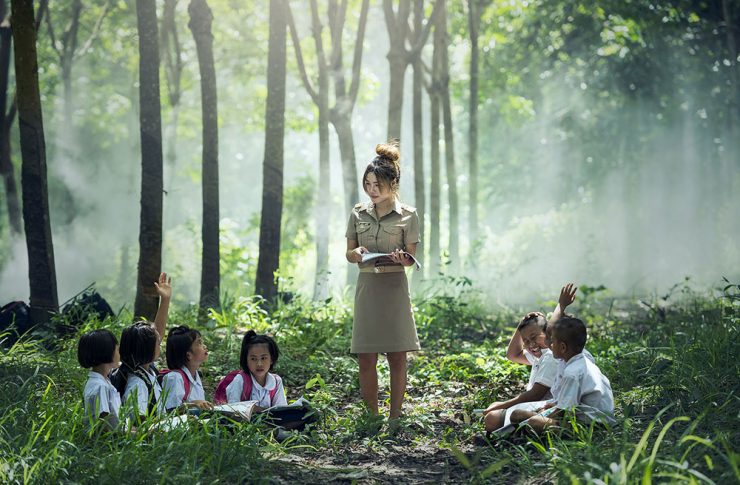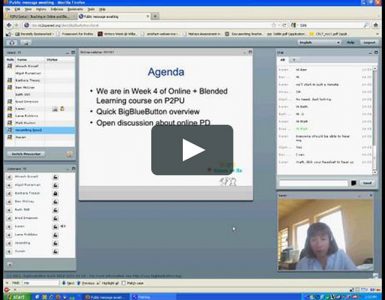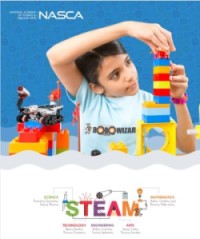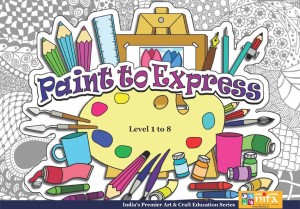Call it a response to an apathetic mainstream education policy or a reaction to seeing their wards learning by rote, the role and importance of alternative education systems in shaping students in far more broader ways cannot be discounted. Systems of education evolve when alternatives to the mainstream are absorbed and welcomed by the latter. When this does not happen and the mainstream resists the assimilation of new ideas, the system ossifies and stagnates, failing to live up to its larger purpose. The Indian education system has seen resistance to reform and that has not been beneficial to the stakeholders.
It is easy to define mainstream schools, as these were focused on results and ranking. Their success rate was measurable and predictable in bar charts and graphs. They were clear that their alumni had to ‘make it’ in today’s world, preferably by all the usual yardsticks of success: wealth, status and fame.
On the other hand, we found that there were schools that were asking if there was an alternative way of defining ‘success’. Did it have to mean running the rat race? Did structures have to rule the individual? Was the result more important than the process? Did enjoyment and leisure have a higher place than status and wealth?
Such schools, for example, saw the value of skills and learning of the child. The schools would teach the same lesson on birds, for instance, in a manner that did not require just memorizing the names of birds and their habitats. Instead, the child would be encouraged to listen to the bird, watch it fly, stroke its feathers and develop a love for the bird and its inter-connectedness with nature. Such schools were more focussed on the process of learning rather than solely on the result.
‘Alternative schooling’ is an umbrella term used for schools that typically step away from the conventional methods of teaching. Risen out of general dissatisfaction with the traditional mainstream education system, these schools either follow a certain pedagogical philosophy or political or scholarly orientation.
In recent times, there is an increase in both, the quality as well as the number of alternative schools in India.
The alternative system of teaching is not entirely new in India; the Vedic and gurukul systems of educations were based on the principle of acquisition of occupational skills, cultural and spiritual enlightenment in an atmosphere that encouraged rational thinking and reasoning among the students.
However, the colonial era saw the focus being shifted to only English as the language of instruction and following a common curriculum across schools. In the early twentieth century, people like Rabindranath Tagore, Swami Vivekananda, Maharshi Yogananda, Jiddu Krishnamurti, Sri Aurobindo, and Maria Montessori started models of alternative schools as a response to the drawbacks of the mainstream education system. More lately, Satya Sai Baba, Jaggi Vasudev, Chinmaya Mission, and Sri Sri Ravishankar and Dr. Rudolf Steiner’s Waldorf have developed their own approaches towards enhancing the learning value of the child.
Many parents have opted for alternative systems of education for their children, but the percentage is very low. However, awareness has risen. In fact, the Draft National Education Policy (2019) lays emphasis on holistic learning and has proposed learning systems that focus on developing critical thinking in the student.
PROMINENT ALTERNATIVE EDUCATION CONCEPTS
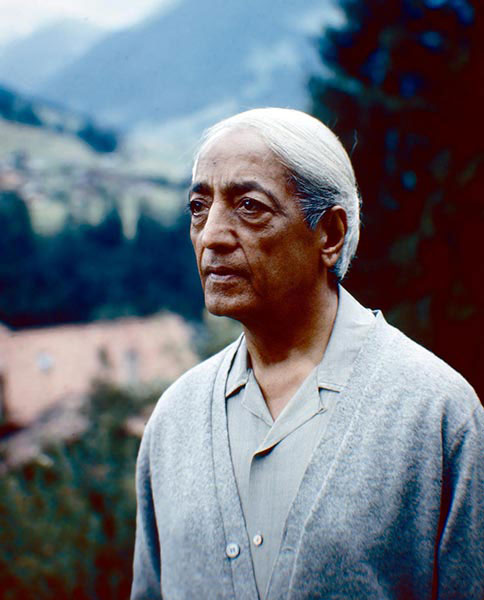
The Jiddu Krishnamurti Schools
Jiddu Krishnamurti was an Indian philosopher, speaker, and writer. According to the spirit of Krishnamurti’s outlook on integration through education, the whole task is to awaken the individual. The aim of education should, therefore, be to encourage every pupil to find out for himself/herself his/her peculiar individual talent and develop it as fully as possible. The spiritual investigation must be made individually and education, as conceived by him, must be tuned to spiritual life, as the cure of the individual by the individual himself. Here Krishnamurti stresses self-education through awareness. He obviously condemns the present system of mass education and advocates individual teacher-pupil relationship.
His teaching is an integral part of the eight schools he founded. Six of these are in India, run by the Krishnamurti Foundation of India, one is in the UK and one in the US. They’re all known not only for their small numbers, incredible student-teacher ratios and lack of uniforms but also for their campuses sprawled over tens of acres in the greenest of regions. They hold no tests or exams from the first to ninth standard (they don’t have kindergarten), introducing their students straight to the board exams in the 10th grade.
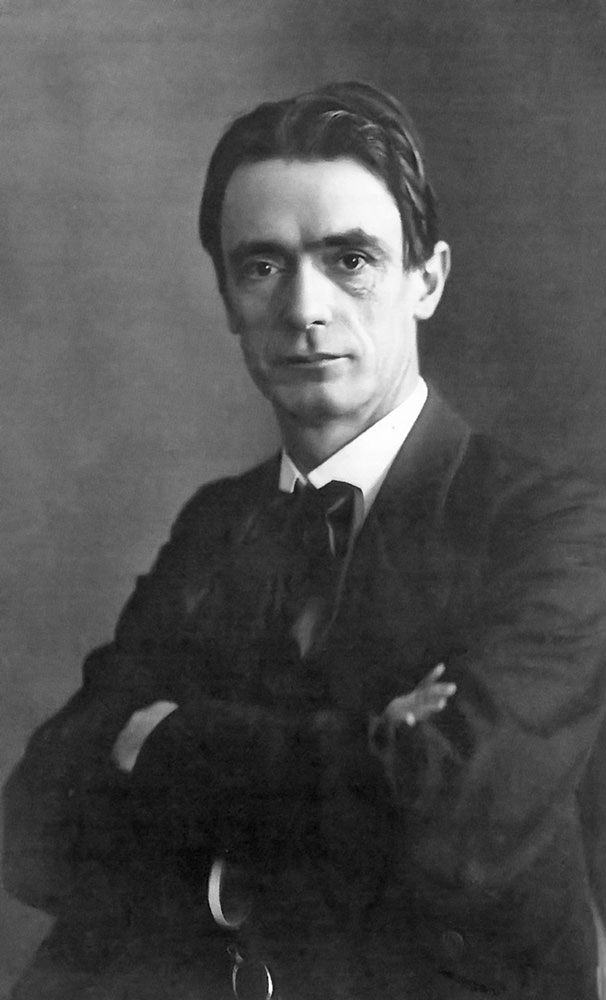
The Steiner Schools
Born out of Dr. Rudolph Steiner’s Anthroposophy, Waldorf education stresses upon the necessity of incorporating local cultures into their daily routines. The fastest-growing independent school movement in the world, today, is the Waldorf Education. Waldorf’s time-tested curriculum is designed to address the whole child. The Waldorf curriculum carefully balances academic, artistic, and practical activities and develops the child’s self-confidence and self-reliance, while fostering personal integrity and a sense of responsibility.
Talking about Alternate Education, The Waldorf Curriculum aims to not only focus on a child’s physical and mental development but also explore the connection between the soul and the spirit.
Unlike with the Krishnamurti schools, most of these take in kids from kindergarten. What this method of education is best known for is its Main Lesson, which the teacher teaches over a period of three to four weeks. It involves a total immersion method, which, according to Steiner, helps in concentration, deepens understanding of the subject and makes use of the natural rhythm of learning. The lower and middle schools are secure spaces that don’t call for exams – it is only in the upper school that students are prepared for their boards.
There are both Waldorf/Rudolf Steiner Schools as well as Waldorf-inspired Schools in India.
Open schooling
Open school boards in India and schools of open learning offers the flexibility and freedom to learn at one’s own pace. Homeschooled children who wish to take milestone examinations to gain admission into graduate or diploma programs, children who are pursuing professional sports or other careers, children with special needs, children who are unable to grapple with a second language and those who opt-out of the rigors of the regular academic curricula, can all avail benefit from the open school system.
Open learning is highly customized and based on choice and needs. A high degree of involvement and guidance from parents is required without them overstepping the child’s autonomy. Parents opting for open schooling for their child should be aware of their child’s strengths, abilities, and interests.
There are currently two viable options to clear the regular school equivalent of the standard 10th and the 12th class exams in India if a child wishes to be a part of the open school system. These schools of open learning are the National Institute of Open Schooling (NIOS) and EDEXCEL.
In urban areas, homeschooling is gaining popularity. Under homeschooling, parents have the freedom to let their child learn in any way, whatever they wish to learn. They do not have to appear for regular exams at the end of which they move on to the next grade or class.
For parents desirous of a more structured option under homeschooling, something that offers specific, streamlined lessons, the OBE program under NIOS is available.
Homeschooled under NIOS syllabus or not, this open learning board offers all children the opportunity to appear for milestone examinations at the secondary and senior secondary levels, so that they have the necessary credentials to apply for undergraduate courses in India.
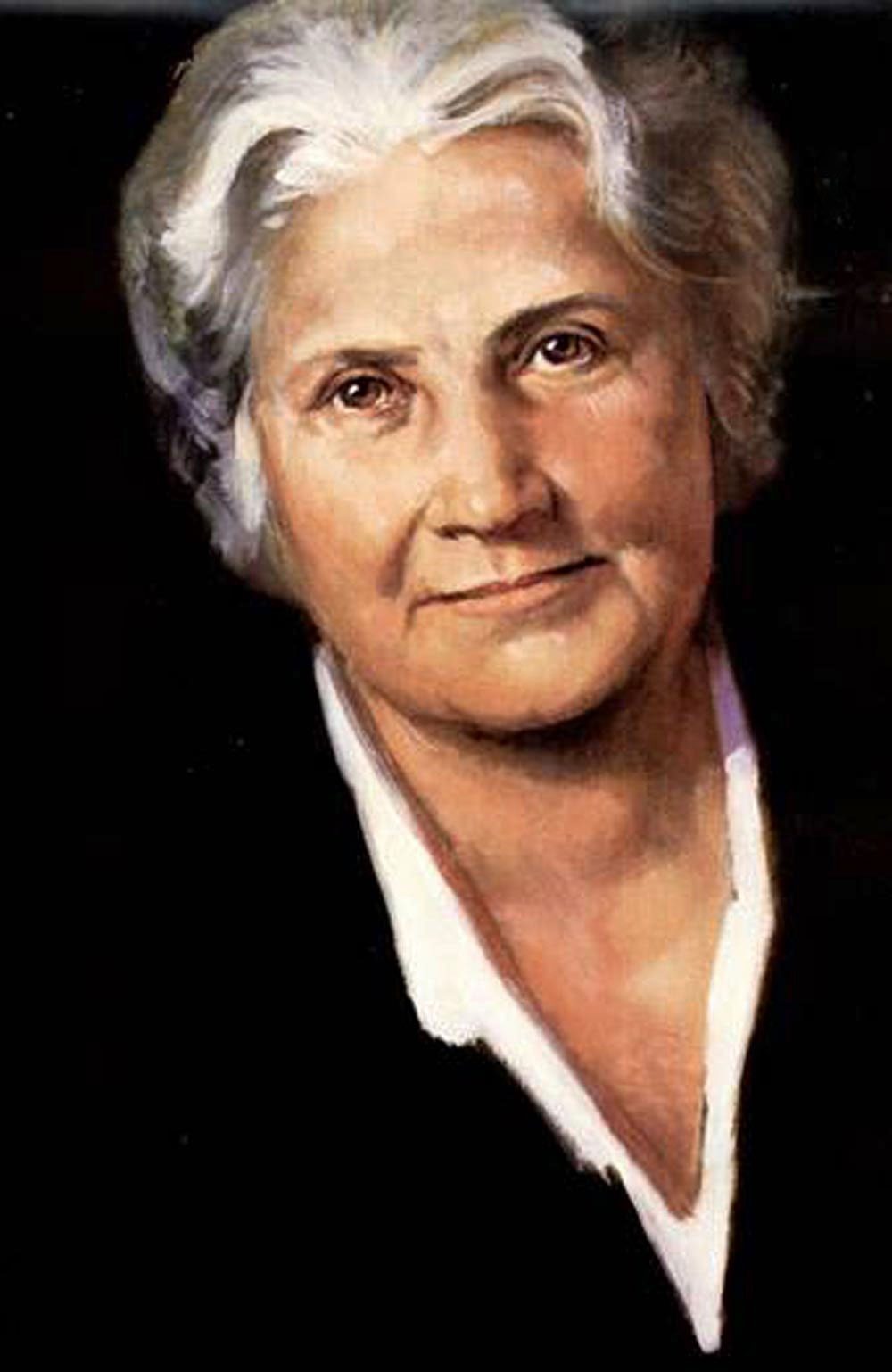
Montessori System
Montessori is a method of education founded by Dr. Maria Montessori that is based on self-directed activity, hands-on learning, and collaborative play. In Montessori classrooms, children make creative choices in their learning, while the classroom and the highly trained teacher offer age-appropriate activities to guide the process. Children work in groups and individually to discover and explore the knowledge of the world and to develop their maximum potential.
Democratic Education
Democratic Education views students as active participants in the process of their learning. It takes into account their views, treats each pupil as an individual who has their own skills and interests and allows them to follow the path they want to pursue.
So, what does a democratic classroom look like?
One where children are free to move around. They can go out, sit wherever they want. And you don’t see the teacher all the time around them. There will be an authority but it won’t be authoritarian. And of course, there has to be respected. The teacher will be there to guide but is not the center of the learning process. The children are. They can work individually or in small groups. There is no one way of sitting. The children cannot be viewed as consumers, an empty pot that the teacher has to fill.

